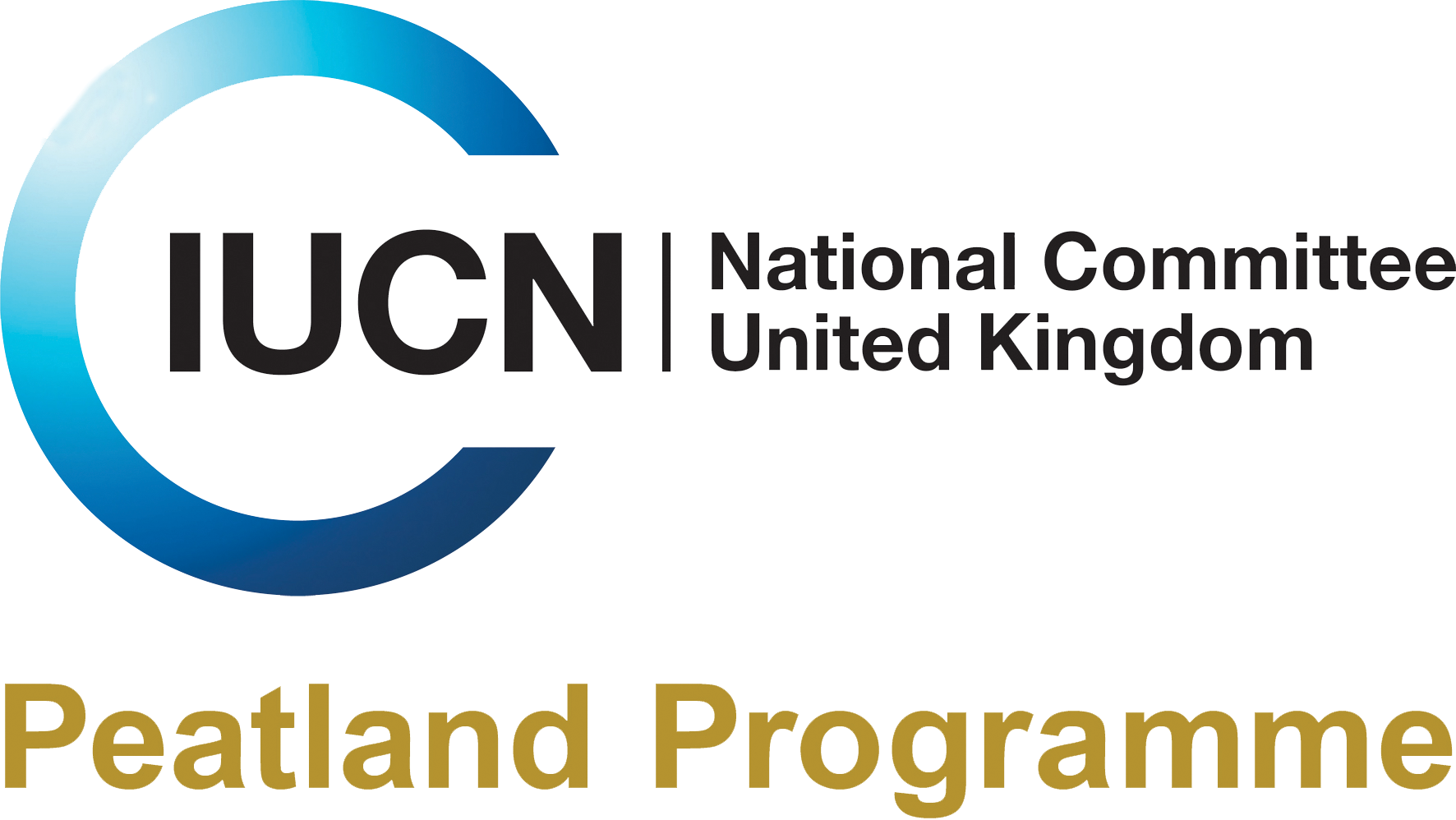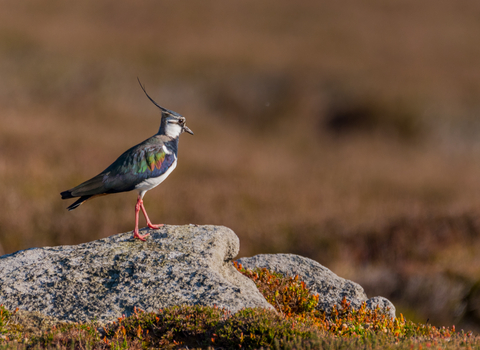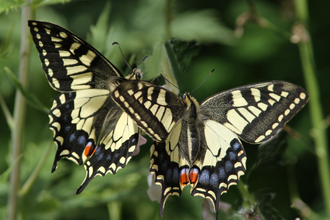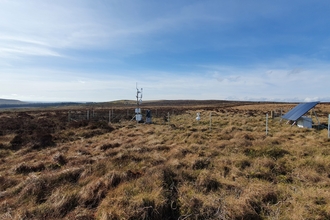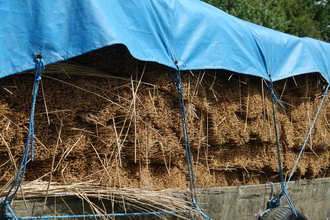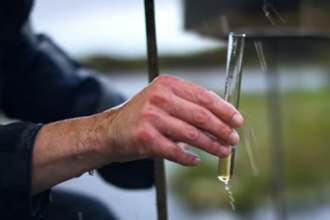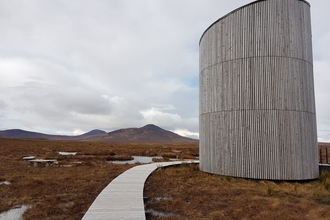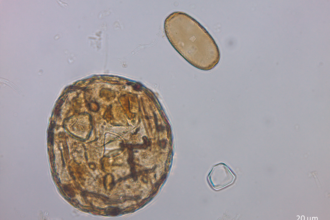The importance of peatlands comes from the remarkable and diverse ecosystem services they provide to society as well as their intrinsic value.
Increasingly known as a vital global carbon store, peatlands also provide habitat for unique and specialised wildlife, filter our drinking water, mitigate flooding and provide recreation and income for millions of people. The unique preservation properties of peat also provide an incredible archive of ecological change and cultural heritage – humans have depended on and benefitted from peatlands for millennia.
"Peatlands are among the most valuable ecosystems on Earth and a stark example of how important our natural environment is to our wellbeing. Occupying just 3% of the Earth’s land surface, peatlands are our largest carbon store on land. They are places where people derive clean water and food, and can act as buffers for environmental disasters, such as flooding. They are also of global significance for biodiversity with the majority of peatland species and habitats rare, threatened or declining."
- Inger Anderson, Executive Director of the United Nations Environment Programme

Ecosystem services in a healthy and damaged peatland. Credit IUCN UK Peatland Programme
Broad appreciation of the wide-ranging impacts and benefits of peatlands is relatively recent and, consequently, the majority have been historically managed in a way that has left them in a damaged state, with an estimated 80% of UK peatlands in some way affected. This compromises the ecosystem services peatlands provide, but peatland restoration and sustainable management offer a nature-based solution to the interconnected crises of biodiversity loss and climate change.
Find out more about why peatlands matter by exploring each of the themes below.
